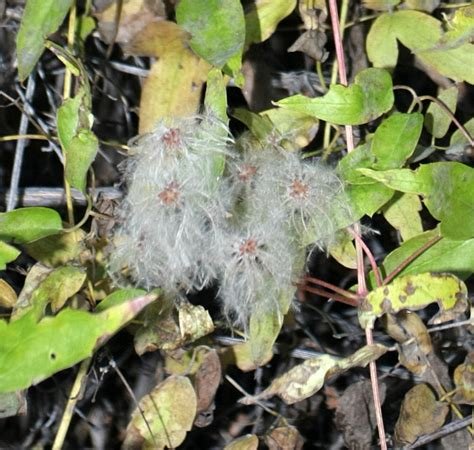Western White Clematis
Clematis ligusticifolia
zones 2-7
35 seeds
A common, woody vine, Western White Clematis can reach up to 60’ long and will often be found climbing over shrubs, small trees, and fences for support. It has compound leaves with 3-7 lance- or egg-shaped leaflets which may or may not be toothed along the edges. Flowers are small and inconspicuous. They have white sepals but lack petals and may be few to many per flat-topped cluster. Seed heads resemble cotton balls, each seed bearing a long, hairy tail. Blooms June-July.
Clematis has many traditional medicinal uses, and is particularly favored for treating headaches.
Seed germinating information is currently unavailable for this species, though refrigeration through the winter months, and direct sowing in spring is recommended. Your input and feedback regarding successful germination techniques is welcome!
Clematis ligusticifolia
zones 2-7
35 seeds
A common, woody vine, Western White Clematis can reach up to 60’ long and will often be found climbing over shrubs, small trees, and fences for support. It has compound leaves with 3-7 lance- or egg-shaped leaflets which may or may not be toothed along the edges. Flowers are small and inconspicuous. They have white sepals but lack petals and may be few to many per flat-topped cluster. Seed heads resemble cotton balls, each seed bearing a long, hairy tail. Blooms June-July.
Clematis has many traditional medicinal uses, and is particularly favored for treating headaches.
Seed germinating information is currently unavailable for this species, though refrigeration through the winter months, and direct sowing in spring is recommended. Your input and feedback regarding successful germination techniques is welcome!
Clematis ligusticifolia
zones 2-7
35 seeds
A common, woody vine, Western White Clematis can reach up to 60’ long and will often be found climbing over shrubs, small trees, and fences for support. It has compound leaves with 3-7 lance- or egg-shaped leaflets which may or may not be toothed along the edges. Flowers are small and inconspicuous. They have white sepals but lack petals and may be few to many per flat-topped cluster. Seed heads resemble cotton balls, each seed bearing a long, hairy tail. Blooms June-July.
Clematis has many traditional medicinal uses, and is particularly favored for treating headaches.
Seed germinating information is currently unavailable for this species, though refrigeration through the winter months, and direct sowing in spring is recommended. Your input and feedback regarding successful germination techniques is welcome!

